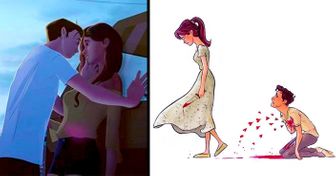Normal People Vs. Me: 9 Amusingly Truthful Comic Strips

At the beginning of the 20th century, somewhere off the coast of West Africa, a German steamship was leaving the port. Suddenly, the weather got worse, and the vessel entered a thick fog. The sailors ran aground on a sandbank close to the shore. Luckily, no one was hurt, and they were even able to save their precious cargo.
But the ship was stuck in the sand for good. And it was not alone there. Nearly the entire length of the western coast of Namibia is called Skeleton Coast. If the name sounds scary, that’s because it is. This 976-mile-long beach line is among the most dangerous places on Earth. The local Bushman tribes believe that their supreme deity made this land when it was angry.
The Portuguese were the first Europeans to set foot in Namibia in the 15th century. And yup, they didn’t like Skeleton Coast, either. Portuguese explorers thought this land presented the gates to the underworld. This is the place where the Namib Desert meets the Atlantic Ocean. It might be dangerous, but it’s actually beautiful, plus it’s a UNESCO World Heritage Site.
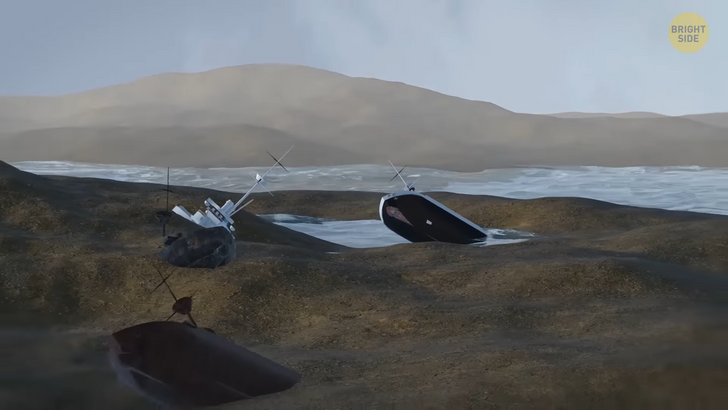
If Skeleton Coast had a PR manager, they would quit on the first day on the job. The area is not exactly tourist friendly because of its geography and history. Beneath the sand and the waves, there is a secret ocean current lurking for unsuspecting sailors. It’s called Bengeula Current. It flows toward the north, along the coast of Southern Africa.
This part of the Atlantic is rich in marine life, but the Current’s land neighbor isn’t that happy with the deal. This arid climate created the Namib Desert, one of the driest regions on Earth. And that marine life I’ve just mentioned? It’s sharks. Eleven species of them, to be exact. And yes, the Great White decides to pop by once in a while. So far, we’ve got a desert landscape, strong currents, and sharks. Not a place for a beachside resort, definitely. But if someone ends up on Skeleton Coast, will they know they are in danger? Don’t worry; they will.
The beach is littered with wrecks of all sizes and shapes. If you remember that German ship I mentioned in the very beginning, its massive and rusted stern is now sticking out from the desert sand. There are some 500 wrecks in total scattered along the coast. And it’s a mixed crowd: from Portuguese galleons centuries old to ships that ran ashore here in the 21st century.
A modern fishing ship called Zeila India managed to slip from its tow rope in 2008 and end up on Skeleton Coast. OK, it didn’t escape on its own; it had some help from the elements. But it’s better to be a tourist attraction on a beach than to be broken up for scrap. That’s where the trawler was originally going, poor thing. Skeleton Coast’s most famous inhabitant, to call it as such, is the wreck of the Dunedin Star.
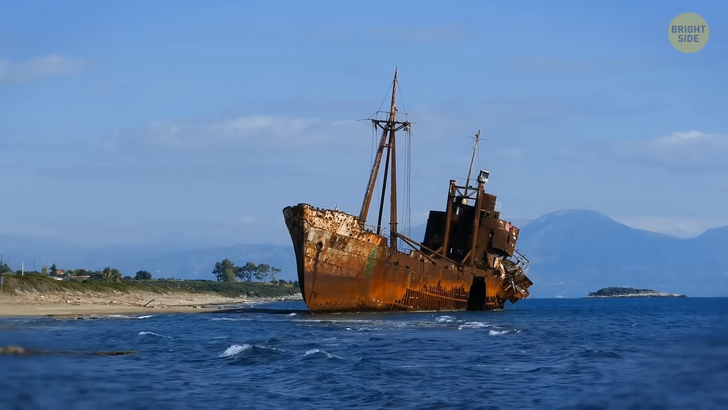
The British cargo liner ran aground here in 1942. The massive rescue operation that followed reveals why it’s so dangerous for sailors to end up here. The rescuers managed to save all of the crew and passengers but at a heavy price. An aircraft and a tug boat were lost in the process.
It took the last of the rescuers a full two months to return home to Cape Town [South Africa]. Why, you might wonder? One look at the map of the region reveals the reason. It is an endless sea of yellow, which is the sand. There are so few roads here, so Skeleton Coast is hard to reach by land. There are also legal obstacles. You need a special permit to drive into the area
But the skeletons in the name of the area don’t only refer to ships. They also stand for animal bones. Most of these belonged to whales and seals. Many animals have adapted to the area, so lions and hyenas roam the coastline in search of a meal.
Yeah, now there are hungry lions as well, as if those sharks weren’t enough. Other animals with a temporary residence on Skeleton Coast include elephants, cheetahs, leopards, and giraffes. In 1971, the Namibian authorities established a national park here. But except for surfers, after an adrenaline rush, they don’t get many visitors. You can understand why.
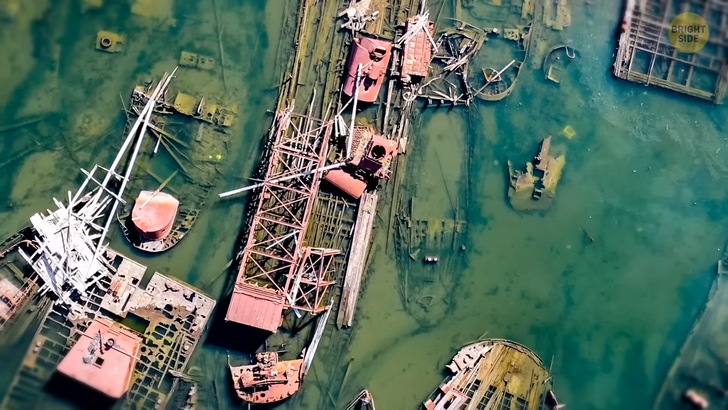
The Namib Desert is the oldest desert in the world, and it’s not very tourist-friendly, either. Those who travel to the region should pack sunscreen and a warm winter jacket. A weird combo, right? Well, not so much when you think that during the day, temperatures soar over 110 degrees Fahrenheit. At night, the air temperature drops below freezing [32°F]. What a climate roller-coaster.
And that’s not the final danger. Yup, there’s more. Remember how that German ship got lost in thick fog? It wasn’t a one-off event. Because of the region’s climate, fog shows up frequently. Sailors should cover their ears now, but this fog is actually good for wildlife. This is their only source of water in the Namib Desert. Reptiles and mammals have adapted to this harsh climate. They use as little water as possible.
Shifting sands, thick fog, strong currents, lions, and sharks. Not the stuff you would put in a tourist booklet. But Skeleton Coast isn’t the only beach on Earth you wouldn’t want to spend your vacation on. I will take you to Cape Tribulation in Australia. The area covers some 48 square miles in the northwestern part of the continent [Queensland].
And no, the area is not dry as Skeleton Coast. It is part of the Daintree Rainforest. You could say that here, it is the rainforest, not the desert, that meets the ocean. The beach at Cape Tribulation is straight from a postcard. But looks can be deceiving. Hmm, Australia? Probably sharks? No, crocodiles are out to get you here if you decide to go for a dip in the sea.
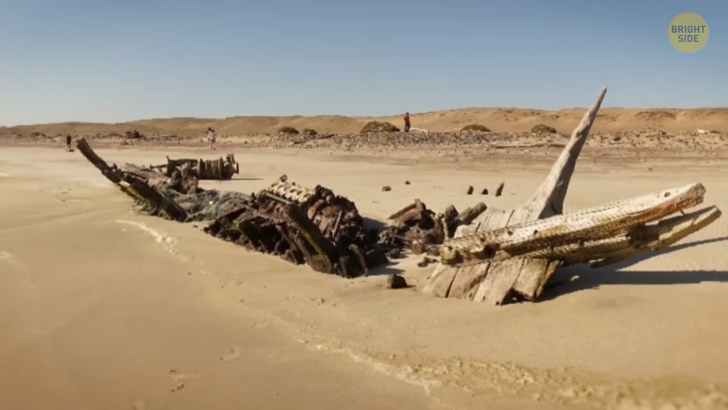
These are saltwater crocodiles that the locals call “Salties.” Well, that’s a cute nickname for such a dangerous reptile. And it’s not just them; the wildlife seems to have a beef with visitors. From October to June, the waters around Cape Tribulation are full of Box Jellyfish. Their venom affects the human cardiovascular system. When touched by a jellyfish out at sea, swimmers won’t have enough time to reach land for help. Vinegar helps neutralize the sting, so you might want to keep a spare bottle in your luggage.
Crocodiles and jellyfish sound dangerous, but there is one more animal you should look after. It’s the wild boar. It might sound funny, but you won’t laugh when you are being chased by one of these across the beach. 21 million wild boars live in Australia. They are mostly active at night, making it even more dangerous if they charge at you. The best defense is running in circles. Wild boars can’t cut corners well. That’s probably why we don’t see many of them taking up careers as race drivers.
Cape Tribulation has one last danger installed for you, and it’s not an animal. Out here, even the trees are plotting against visitors. The Stinging Tree got its name for a reason. If you try to pick one of its beautiful red berries, it will fight back. Its prickles are like tiny glass shards. The less-than-pleasant effect on your skin will last for a month. Then there is the Wait-a-While bush. Who keeps naming them like this?
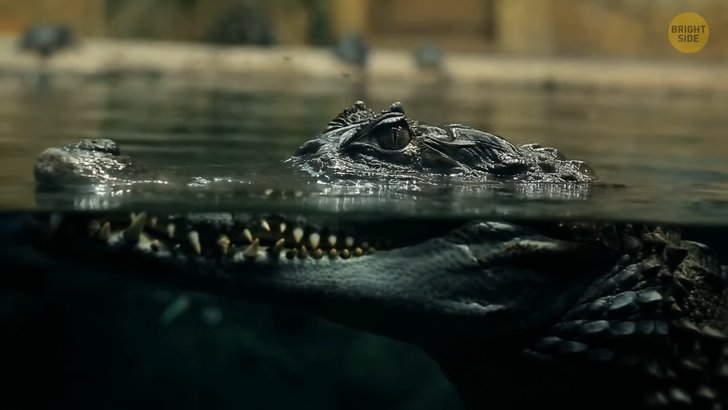
This long vine has spikes that grab hold and just don’t let go. They are so strong they can pull a human off a horse. You will have to wait for someone to come by and save you from this thorny grabber. If you were about to cross this Australian beach from the vacation list, hold on for a second.
Tourism is booming here. The local authorities have restricted access to all of the danger zones. Visitors go swimming in dreamy water holes that are surrounded by lush vegetation. There are even ropes to swing from. Now, that’s a beach you can finally relax on.







